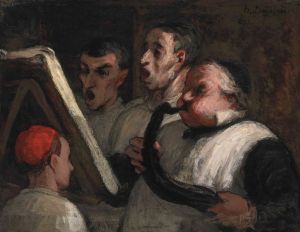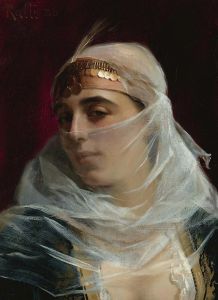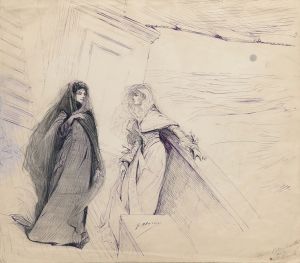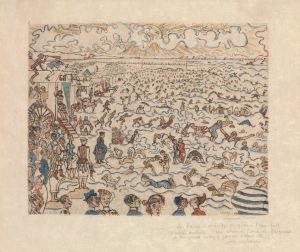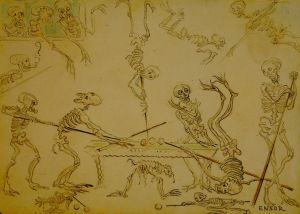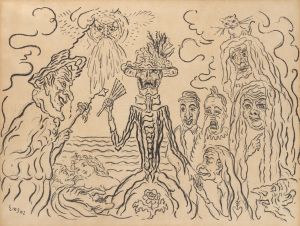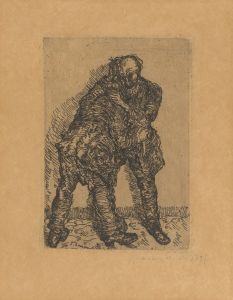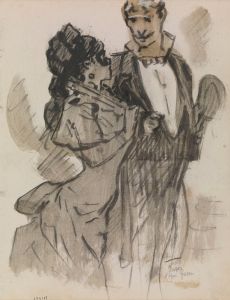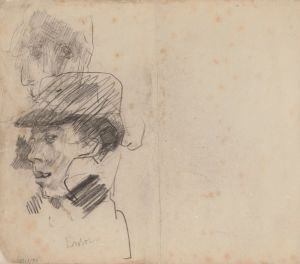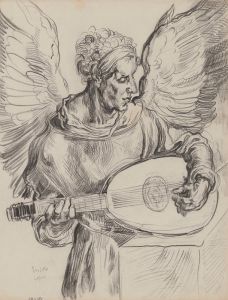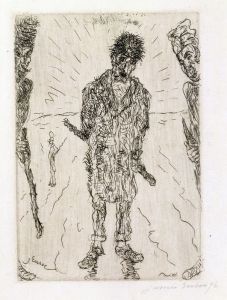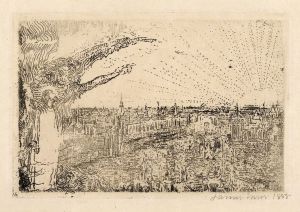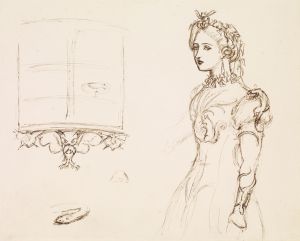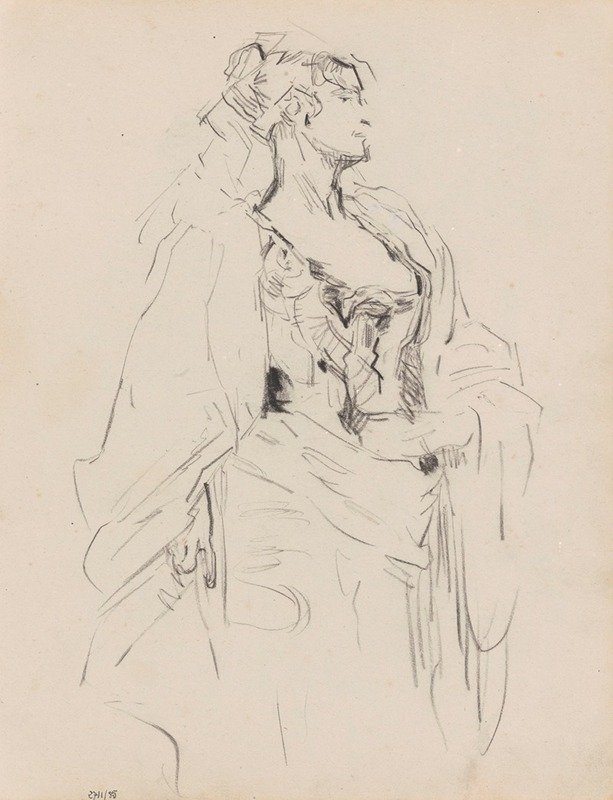
Lady
A hand-painted replica of James Ensor’s masterpiece Lady, meticulously crafted by professional artists to capture the true essence of the original. Each piece is created with museum-quality canvas and rare mineral pigments, carefully painted by experienced artists with delicate brushstrokes and rich, layered colors to perfectly recreate the texture of the original artwork. Unlike machine-printed reproductions, this hand-painted version brings the painting to life, infused with the artist’s emotions and skill in every stroke. Whether for personal collection or home decoration, it instantly elevates the artistic atmosphere of any space.
James Ensor, a prominent Belgian painter and printmaker, is known for his unique and often provocative works that blend elements of symbolism and expressionism. One of his lesser-known works is "Lady," a painting that exemplifies his distinctive style and thematic interests. Ensor's oeuvre is characterized by his fascination with masks, skeletons, and the grotesque, often used to critique societal norms and explore themes of identity and mortality.
"Lady" reflects Ensor's interest in the human condition and the complexities of identity. While specific details about the painting "Lady" are scarce, it is consistent with Ensor's broader body of work, which frequently features figures adorned with masks or depicted in surreal, dream-like settings. Ensor's use of vibrant colors and bold brushstrokes often imbues his paintings with a sense of drama and tension, inviting viewers to delve deeper into the underlying narrative and symbolism.
Ensor was born in 1860 in Ostend, Belgium, and spent most of his life there. The coastal town's carnival culture and his family's curio shop, filled with exotic masks and oddities, significantly influenced his artistic development. These elements are evident in his work, where masks serve as a metaphor for the façades people wear in society. Ensor's paintings often blur the line between reality and fantasy, challenging viewers to question the nature of identity and the masks they themselves might wear.
Throughout his career, Ensor was associated with the avant-garde group Les XX, a collective of artists who sought to challenge the artistic conventions of the time. His work was initially met with resistance and criticism due to its unconventional style and subject matter. However, Ensor's unique vision eventually gained recognition, and he became a pivotal figure in the development of modern art in Belgium and beyond.
Ensor's influence extends beyond his paintings; he was also an accomplished printmaker, and his etchings further explore the themes present in his painted works. His innovative use of color and form, combined with his exploration of existential themes, has left a lasting impact on subsequent generations of artists.
While "Lady" may not be as widely recognized as some of Ensor's other works, such as "The Entry of Christ into Brussels in 1889" or "Skeletons Fighting Over a Hanged Man," it remains an important part of his artistic legacy. The painting exemplifies Ensor's ability to convey complex ideas through vivid imagery and serves as a testament to his enduring influence on the art world.
In summary, James Ensor's "Lady" is a reflection of the artist's fascination with identity, masks, and the human condition. Although specific details about the painting are limited, it is emblematic of Ensor's broader artistic themes and his contribution to the evolution of modern art. Through his innovative approach and exploration of existential themes, Ensor has secured his place as a significant figure in the history of art.





